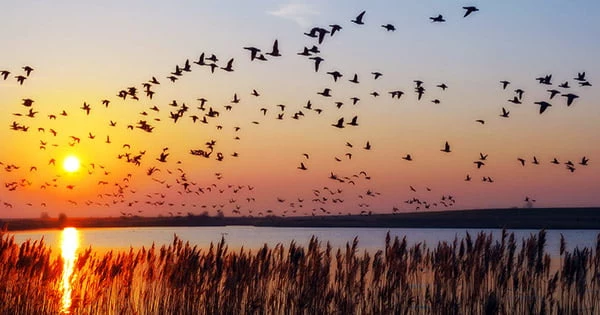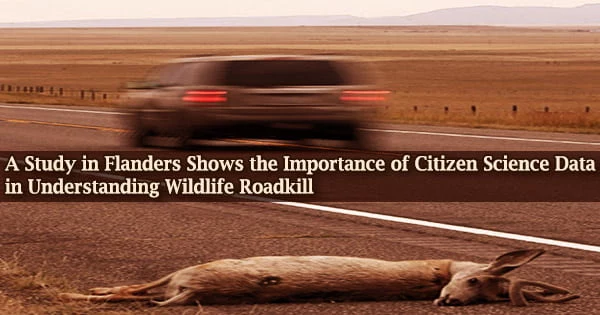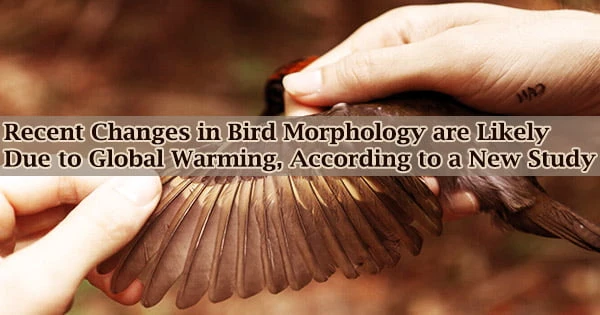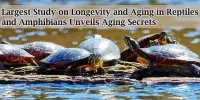Our gut bacteria, which number in the billions, play an important part in our capacity to digest food and fight disease. Microbiomes are populations of bacteria that live within all other creatures, and understanding them can help scientists piece together a more comprehensive picture of how those species interact with their surroundings.
Researchers used small radio trackers to trace the travels of birds that traveled between The Bahamas and Michigan, and they discovered that the gut bacteria of the same individual birds were different in the two sites, according to a recent study published in the journal Molecular Ecology. The scientists had to get up and personal with a lot of bird feces to figure this out.
“This study shows how much we can learn about even foundational aspects of bird biology, such as migration, from the combination of new and old technologies fieldwork and following birds in their breeding, migrating, and wintering habitats, to newer technologies of radiotelemetry and next-generation DNA sequencing.”
Hackett
“We’ve seen in other animals that microbiomes can be influenced by the places their hosts live. Lots of birds migrate, and they experience different environments at different points of their migratory cycle. We didn’t know how these different environments affected the birds’ microbiomes,” says Heather Skeen, a Ph.D. student at the Field Museum and the University of Chicago and the lead author of the Molecular Ecology study with the Field Museum’s John Bates and Shannon Hackett, Nathan Cooper at the Smithsonian Conservation Biology Institute, and Peter Marra at Georgetown University.

“This study shows how much we can learn about even foundational aspects of bird biology, such as migration, from the combination of new and old technologies fieldwork and following birds in their breeding, migrating, and wintering habitats, to newer technologies of radiotelemetry and next-generation DNA sequencing,” says Hackett, an associate curator at the Field Museum.
Thousands of bird species migrate, but Skeen and her colleagues focused on just one: the Kirtland’s Warbler, one of the world’s rarest birds. Kirtland’s Warblers are little yellow-breasted songbirds that spend their winters in the Bahamas and come to northern Michigan in the spring to nest only in young jack pine woodland.
They were nearly extinct in the twentieth century, with just 167 males living in the wild in 1987, but because to intensive conservation efforts on the breeding grounds, their populations have stabilized.
Nonetheless, they’re a rarity in the avian world, and their rarity, along with their extreme pickiness when it comes to nesting areas, makes them excellent candidates for our research.
“We picked Kirtland’s Warbler because there are very, very few species of birds where you would have been able to track individual birds from their non-breeding grounds and then capture them on their breeding grounds,” says Skeen.
It would have been like attempting to find a needle in a haystack to track down individuals of incredibly common, widely scattered birds like robins; with Kirtland’s Warblers, there’s a lot smaller haystack to pick from, spread over a much narrower geographic region.
The researchers began their investigation in the Bahamas, where they used recorded bird sounds to attract Kirtland’s Warblers and equipped them with small radio tracking devices. The geolocators weight less than half a gram since the birds are so little (approximately half an ounce).
Skeen and her colleagues then placed the birds in wax paper bags for a few minutes after attaching the trackers. The birds quickly transformed the bags into their own personal restrooms. The warblers were then released, allowing Skeen to collect feces samples from the bags.
When the birds traveled from The Bahamas to Michigan a few months later, Skeen and her colleagues utilized the Motus Wildlife Tracking System, a large network of automated radio towers, to find the exact same individual birds they’d tested in The Bahamas.
“There were 12 radio towers spread throughout the birds’ breeding range in Michigan, and when one of our birds’ trackers pinged near a tower, we would drive around the range using a handheld radio antenna, looking for the bird,” says Skeen. “Once we picked up the signal, we got out of the car and walked around, trying to attract the birds using recordings of their songs.”
When the birds flew into the researchers’ nets, the researchers repeated the paper bag technique before releasing the birds. The researchers conducted genetic tests of the bacteria present in the feces using approximately 200 samples of bird poop and samples from the same individual birds in both The Bahamas and Michigan.
They discovered that the bacteria detected in Michigan feces differed from those found in the Bahamas dung. More crucially, depending on where the feces were collected, the same individual birds had varied microorganisms in their digestive systems.
“One of the most important parts about this study is that we were able to recapture birds at different portions of the annual cycle in different locations, and we have this one-to-one comparison of the same population and the same individuals and how their microbiomes changed,” says Skeen.
“If we’d tested different individual birds, we wouldn’t have been able to say for sure if the changes we saw were due to location or if they were just differences between populations. Since we were looking at the exact same birds, these results are much more supported.”
The findings of the study, which show that bird microbiomes differ from one area to the next, even within the same people, can aid scientists in understanding how avian microbiomes function.
“We know that birds’ microbiomes are different from most mammals, but we don’t know exactly how or why,” says Skeen.
The types of gut bacteria present in most mammals are intimately linked to the animal’s species and evolutionary history, but these links appear to be weaker in birds. Previous research has found that the gut microbiomes of birds have more to do with where they reside than with the species they are.
“In our study, we found that there are some groups of bacteria that are probably transient the birds acquire the bacteria from their food, they poop it out, and it’s gone,” says Skeen. “These bacteria don’t colonize the bird, they go in and out.”
Skeen also points out that, as animals try to adapt to changing habitats, gut microbiomes may become even more essential. “An animal’s gut microbiome is an additional level of molecular diversity, and as global climate change alters ecosystems, the gut microbiome might be one of the avenues in which animals can adapt to the changing environment,” says Skeen. “The gut microbiome has its own unique ecosystem, and it’s ripe for discoveries.”
















